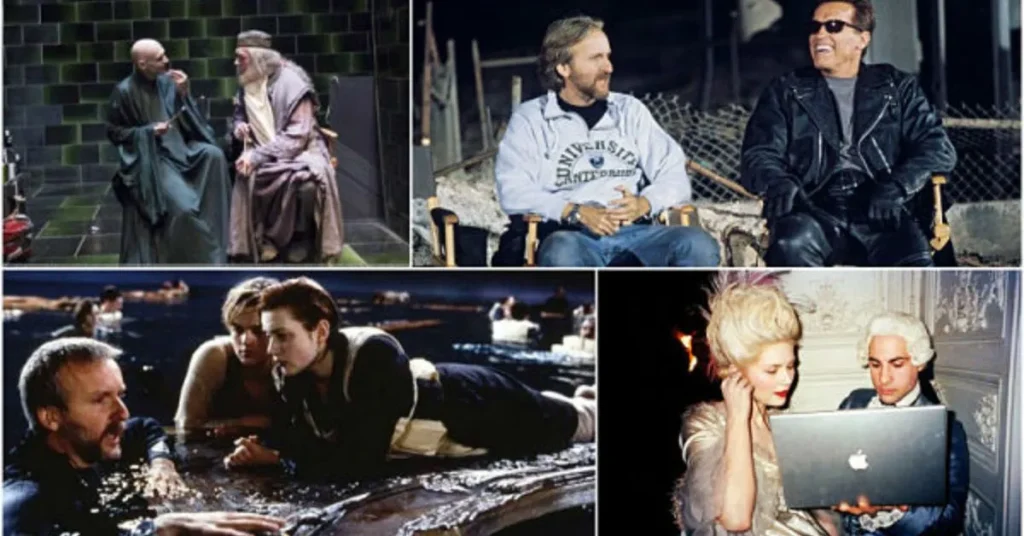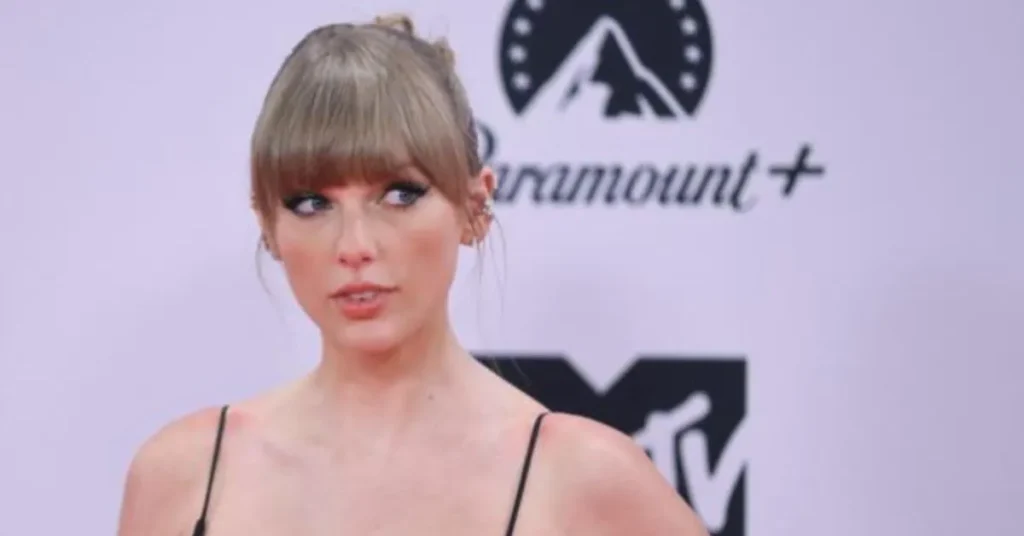Hollywood blockbusters have always captivated audiences with their larger-than-life stories, breathtaking visuals, and iconic characters. From epic battles and mind-blowing stunts to cutting-edge special effects, these films represent the pinnacle of movie magic.
But what we see on screen is only a small part of the story. Behind every successful blockbuster lies a world of meticulous planning, hard work, and creative collaboration that often goes unnoticed by the average viewer.
In this article, we’ll pull back the curtain and explore the fascinating behind-the-scenes process that brings Hollywood’s biggest blockbusters to life.
The Creative Vision: Directors and Writers
At the heart of any blockbuster is the creative vision. Directors and writers play a critical role in shaping a film’s story, tone, and visual style. Whether it’s a superhero saga or a sci-fi thriller, blockbusters start as ideas in the minds of creative teams who spend months, sometimes years, developing scripts and storyboards.
A fresh direction for the franchise. Brilliant creative vision from director Gareth Edwards & team.
Huge new stars: Jonathan Bailey, Scarlett Johansson, Mahershala Ali.
Oh yeah, I’m back as paleontology consultant…
…and writing this from the set in London! https://t.co/EjUfmasgqz— Steve Brusatte (@SteveBrusatte) August 29, 2024
Directors like Christopher Nolan, James Cameron, and Steven Spielberg are known for their visionary storytelling. Their ability to balance action, drama, and visual spectacle is what makes their films stand out. Before any cameras roll, these directors work closely with writers, concept artists, and producers to ensure that their vision is fully realized on the big screen.
Screenwriters are tasked with crafting compelling plots that captivate audiences while also incorporating blockbuster-worthy moments. The challenge is finding the right mix of dialogue, action, and pacing to create a film that can appeal to both critics and mainstream viewers. Films like The Avengers, Avatar, and Jurassic Park are built on scripts that combine sharp storytelling with moments of awe and wonder.
Casting the Stars: A-list Actors
Big blockbusters need big names. Casting A-list actors can make or break a film’s success. From Tom Cruise’s death-defying stunts in Mission Impossible to Scarlett Johansson’s fierce portrayal of Black Widow in the Marvel Cinematic Universe, casting the right talent is a crucial part of the production process.
Casting directors and producers work tirelessly to find the perfect match between character and actor. Sometimes, it’s about finding someone who embodies the physicality or charisma of a superhero. Other times, it’s about casting an actor who can bring emotional depth to a complex role. Behind the scenes, auditions, screen tests, and negotiations with agents are all part of this process. Once cast, actors often undergo extensive physical training, rehearsals, and costume fittings to transform into their characters.
Stunts and Action Sequences: The Unsung Heroes
When it comes to blockbusters, action sequences are the backbone of the moviegoing experience. These high-octane moments — whether it’s a car chase through city streets, a battle in space, or a fight atop a skyscraper — require careful planning, choreography, and coordination.
The Fall Guy was David Leitch’s best movie since Deadpool 2. It’s a fun & entertaining love letter to the unsung heroes, the stunt performers! Ryan Gosling & Emily Blunt have such excellent chemistry & the rest of the cast was fun. Great action sequences as well! pic.twitter.com/QFMgYtiZuY
— Christian Cortave (@CCortave24) May 6, 2024
Stunt coordinators are the unsung heroes of these moments. They design and execute complex stunts that look dangerous but are performed with safety in mind. Actors like Tom Cruise and Keanu Reeves are known for doing many of their own stunts, adding authenticity to their performances, but they still rely heavily on experienced stunt teams to make sure every jump, punch, and explosion is executed flawlessly.
On set, special effects teams work in tandem with stunt coordinators to ensure that explosions, crashes, and other effects are both visually stunning and safe for the cast and crew. Practical effects — like real explosions and car crashes — are often combined with CGI to create seamless action sequences that leave audiences breathless.
Special Effects and CGI: The Digital Magic
Blockbusters often rely on groundbreaking special effects to bring the impossible to life. From the dinosaurs in Jurassic World to the battles in Avengers: Endgame, CGI (computer-generated imagery) and visual effects (VFX) have become essential tools in modern filmmaking.
The process of creating special effects begins in post-production, where VFX artists and animators use advanced software to build everything from alien worlds to massive battle sequences. Motion capture technology — used in films like Avatar and Planet of the Apes — allows actors to perform while their movements and facial expressions are digitally captured and transformed into computer-generated characters.
Behind the scenes, teams of animators, VFX supervisors, and compositors work tirelessly to blend these digital creations with live-action footage, ensuring that every frame looks realistic and seamless. These artists spend countless hours perfecting the smallest details — from the way a character’s hair moves to the texture of an alien landscape.
Set Design and Locations: Building the World
Another crucial element of blockbuster filmmaking is set design and choosing the right locations. Production designers and art directors collaborate with directors to create environments that match the film’s vision, whether it’s a futuristic city, a haunted mansion, or a far-off planet.
In some cases, films are shot on soundstages where entire cities or landscapes are built from scratch. For example, the massive sets of The Lord of the Rings trilogy recreated the fantasy world of Middle-earth in stunning detail, with every building and prop crafted by hand.
Sailesh Kolanu on the world-building of Saindhav
Writer-director Sailesh Kolanu said, “Chandraprastha doesn’t exist for real but the film’s story unfolds in this city. Like Gotham city in the Batman franchise. One of the main reasons why I did that was along with Venky sir’s… https://t.co/OUz9koVlMD pic.twitter.com/g50nVtcPdS
— idlebrain.com (@idlebraindotcom) December 24, 2023
Other times, filmmakers travel to real-world locations to give their films a sense of authenticity. For instance, Mad Max: Fury Road was filmed in the deserts of Namibia, where the barren landscape added to the apocalyptic feel of the film. On-location shoots often require extensive logistical planning, as crews must transport equipment, actors, and staff to remote or challenging environments.
Post-Production: Editing, Sound, and Music
Once filming wraps, a blockbuster enters the crucial post-production phase. This is where everything comes together to create the final product. Editors work alongside directors to piece together the best takes, create smooth transitions, and ensure the film’s pacing keeps audiences engaged.
Sound designers add the auditory magic, layering in sound effects that enhance the impact of action scenes — from the roar of engines in a car chase to the deafening blast of an explosion.
Post Production Music and Sound including Music Score, #sounddesign music editing Sound and Dialogue editing, re-recordingmix – Contact us to discuss your project! [email protected] #composer #soundeditor pic.twitter.com/z7snzLfd8B
— Wavelength Music & Sound Design (@Wavelength_LA) July 31, 2024
Meanwhile, composers create a musical score that brings emotional depth to the film. Iconic scores like John Williams’ work on Star Wars or Hans Zimmer’s soundscapes for Inception and The Dark Knight have become as important as the films themselves, enhancing the viewer’s emotional experience.
Marketing the Blockbuster: Trailers and Buzz
Before a blockbuster hits theaters, studios launch massive marketing campaigns to build anticipation. The process often starts with the release of a teaser trailer, giving fans a glimpse of the action, followed by longer trailers, posters, and behind-the-scenes featurettes.
Studios leverage social media, interviews, and exclusive premieres to generate buzz. Marketing teams work to ensure that the film becomes a must-see event, often timing the release of major trailers during high-profile events like the Super Bowl or Comic-Con.
Conclusion: The Magic of Movie-Making
Hollywood blockbusters may dazzle us with their spectacle and entertainment value, but the real magic happens behind the scenes. The intricate coordination between directors, writers, actors, stunt teams, and VFX artists is what allows these massive productions to come together. Every blockbuster is a testament to the dedication and talent of the filmmakers who work tirelessly to bring larger-than-life stories to the big screen.
Read more:
So the next time you sit down to watch the latest superhero movie or action-packed thriller, remember that what you’re seeing is the result of months, or even years, of creative effort. Hollywood blockbusters are a true collaborative art form, blending technology, artistry, and storytelling into unforgettable cinematic experiences.


